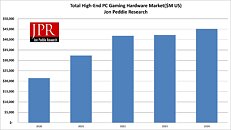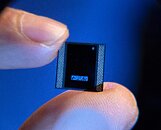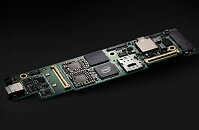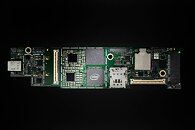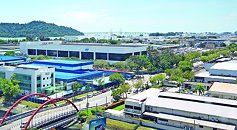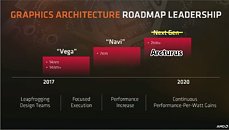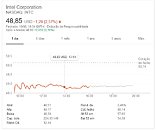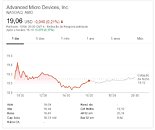Report: Global PC Shipments Up 6.7% YoY in Q1 2025 Amid US Tariff Anticipation
Global PC shipments grew 6.7% YoY in Q1 2025 to reach 61.4 million units, according to Counterpoint Research's preliminary data. The growth was mainly driven by PC vendors accelerating shipments ahead of US tariffs and the increasing adoption of AI-enabled PCs amid the end of Windows 10 support. However, this surge may be short-lived, as inventory levels are likely to stabilize in the next few weeks. The impact of the US tariffs is expected to dampen the growth momentum in 2025.
Apple and Lenovo delivered strong performances in the quarter, largely due to new product launches and market dynamics. Apple experienced 17% YoY growth in shipments, driven by its AI-capable M4-based MacBook series. Lenovo's 11% growth reflected its expansion into AI-enabled PCs and its diversified product portfolio. Lenovo remained the brand with the largest market share during the quarter. HP and Dell, on the other hand, benefited from the US market pull-ins during the quarter, with 6% and 4% YoY growth respectively, and maintained their second and third places in Q1. We also found that the pull-ins happened for other major brands too ahead of the tariff uncertainty, leading to the market share further consolidating around major brands.
Apple and Lenovo delivered strong performances in the quarter, largely due to new product launches and market dynamics. Apple experienced 17% YoY growth in shipments, driven by its AI-capable M4-based MacBook series. Lenovo's 11% growth reflected its expansion into AI-enabled PCs and its diversified product portfolio. Lenovo remained the brand with the largest market share during the quarter. HP and Dell, on the other hand, benefited from the US market pull-ins during the quarter, with 6% and 4% YoY growth respectively, and maintained their second and third places in Q1. We also found that the pull-ins happened for other major brands too ahead of the tariff uncertainty, leading to the market share further consolidating around major brands.














































